Everything you need to turn your phone into the ultimate gaming handheld
Android Arcade
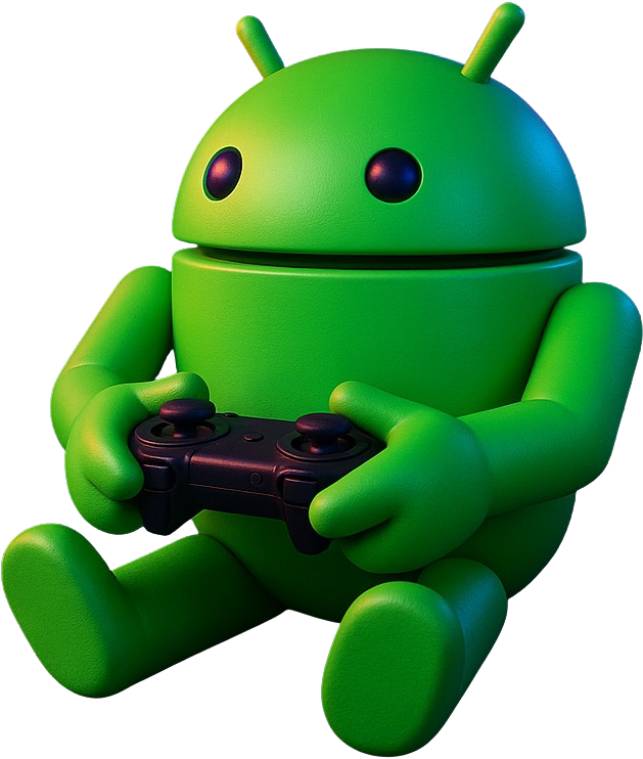
With Android Arcade, Android Central Senior Editor Android Myrick takes a weekly deep dive into retro gaming, emulation, handhelds, and everything in between.
I’m an absolute sucker for new hardware, especially if it’s paired with something else new and shiny, such as a recently launched processor. That same passion has trickled beyond the confines of phones, tablets, and Chromebooks and into the world of dedicated gaming handhelds. They come in all shapes and sizes, with varying levels of emulation power and form factors.
While I’ve written about why I prefer using gaming handhelds over my phone, recent events have, ahem, affected the market. Even Linux-driven handhelds that were once cheap are seeing price increases that don’t exactly justify a recommendation. With that in mind, I figured now would be a great time to revisit emulation and gaming on your phone.
Obviously, you’ll want a controller
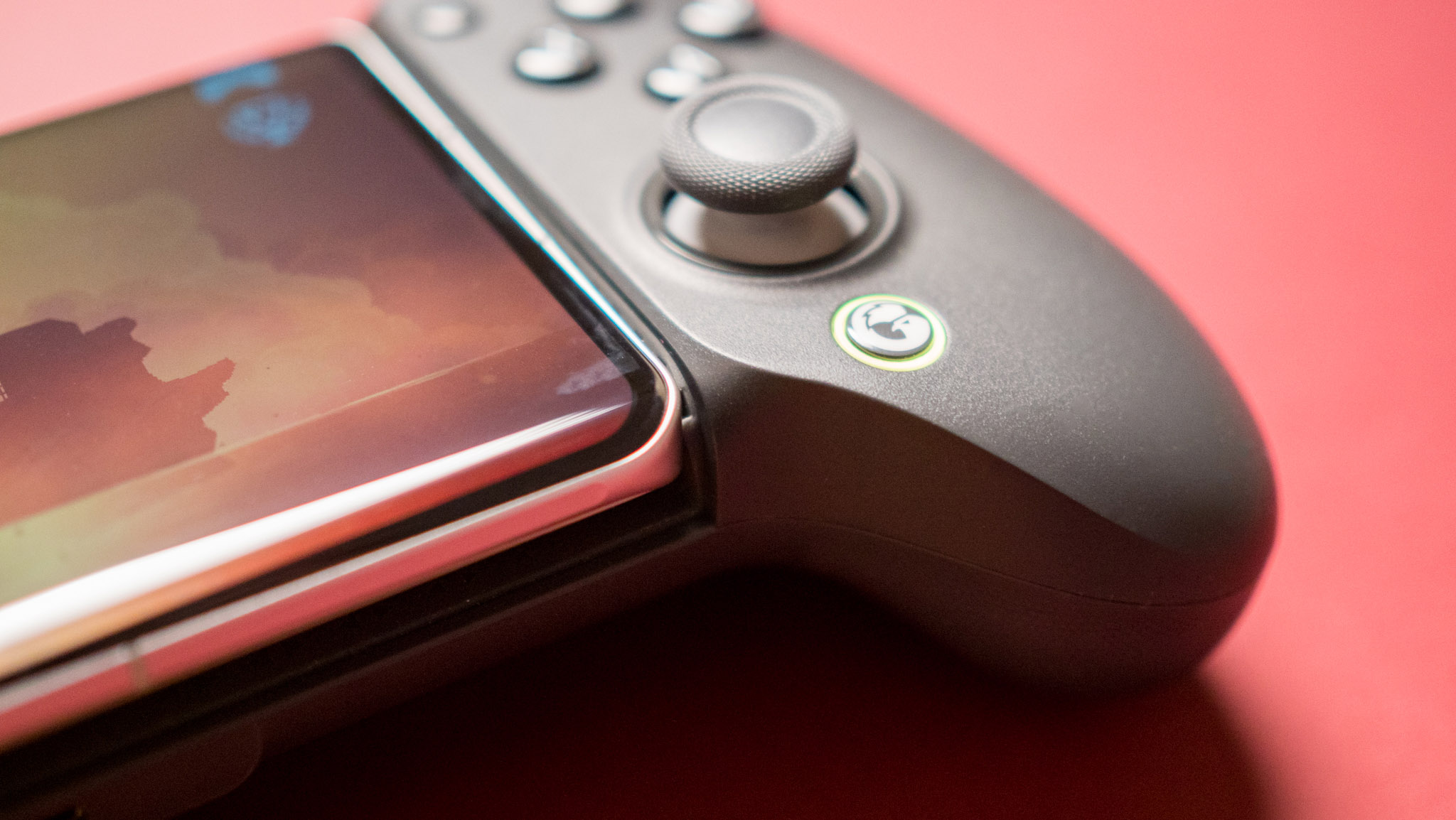
If we’re going to go all out, you’ll need one more piece before turning your phone into a mobile gaming station. Gone are the days when we had to only rely on console controllers, as there are so many different phone controllers, it’s enough to make your head spin.
With so many options, it can be difficult to actually make a decision on what to get, so you’ll want to figure out the features and options that you want. If you don’t care about bulk or have a device with a larger screen, then the GameSir G8 Plus is my first recommendation. It relies on Bluetooth, but can be expanded to fit the 14.6-inch Galaxy Tab S10 Ultra, without much hassle.
Do you need something that is more compact? Check out the ASUS ROG Tessen, which is one that I keep in my bag whenever I’m going to be away from home for more than just a day or two. It connects via USB-C, offers passthrough charging, and features programmable rear paddle buttons.
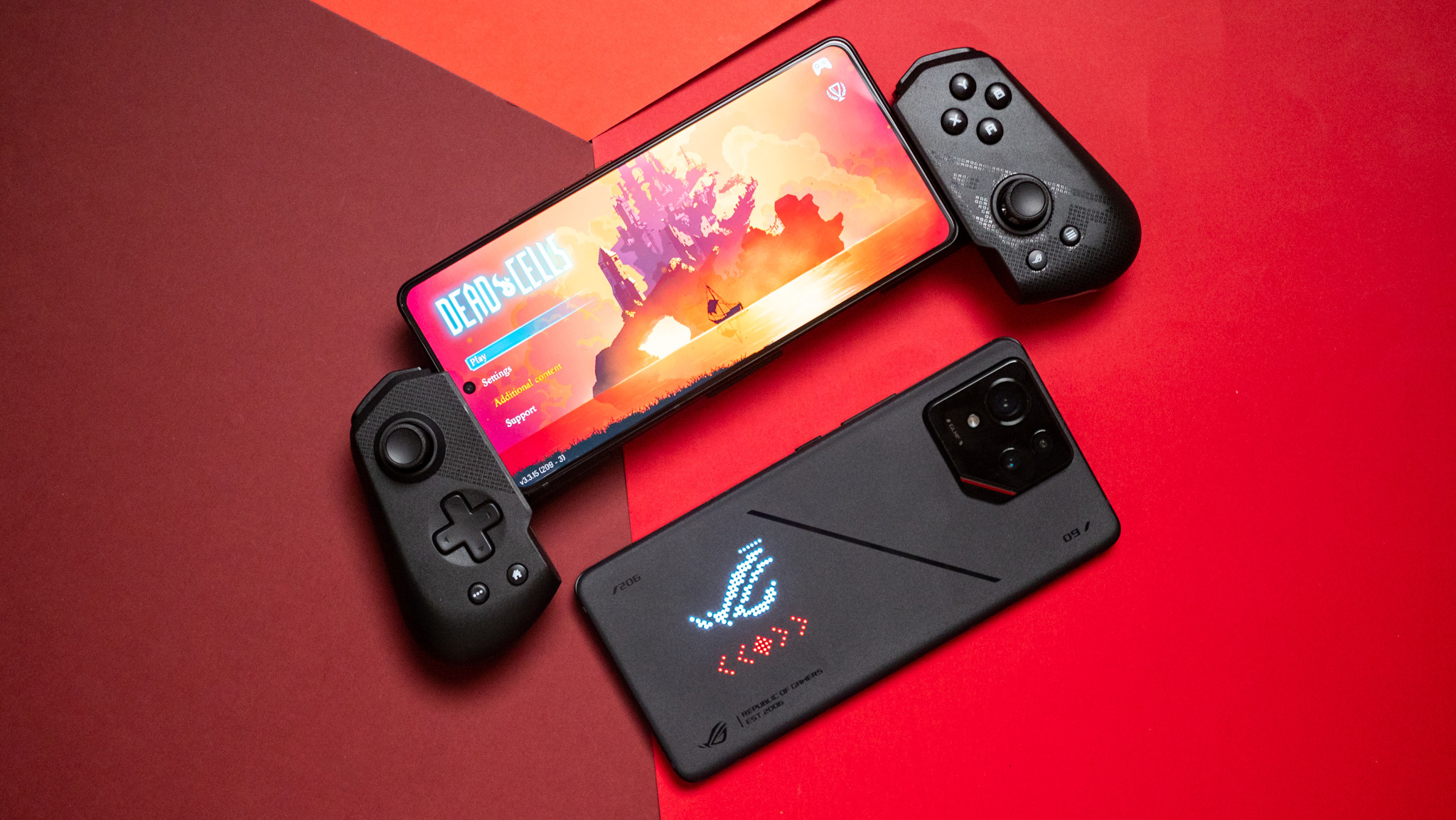
More recently, I’ve fallen back in love with the Backbone One, but more specifically, the Xbox Edition. It’s not quite as ergonomic as the others, but it simply looks awesome, and I like the way that the buttons feel. That being said, I’m definitely keen on checking out the new Backbone One Pro, which was just recently announced and has a few unique tricks up its sleeve.
What if you’re on a budget or just don’t want to spend a bunch of money on a phone controller? There are plenty of options there, too, starting with just getting a phone clip for your DualSense or Xbox controller. Until fairly recently, the only options we had were to clip onto the controller on one end and phones on the other. However, we’re starting to see more magnetic mounts, which is excellent.
But if you like the idea of having a dedicated controller for your phone, then something like the budget-friendly GameSir X5 Lite will be up your alley. It’s priced at just $35, connects via USB-C, and is designed to work with devices like the iPad Mini, with its 8.3-inch display.
Don’t sleep on the Play Store, specifically, Play Pass
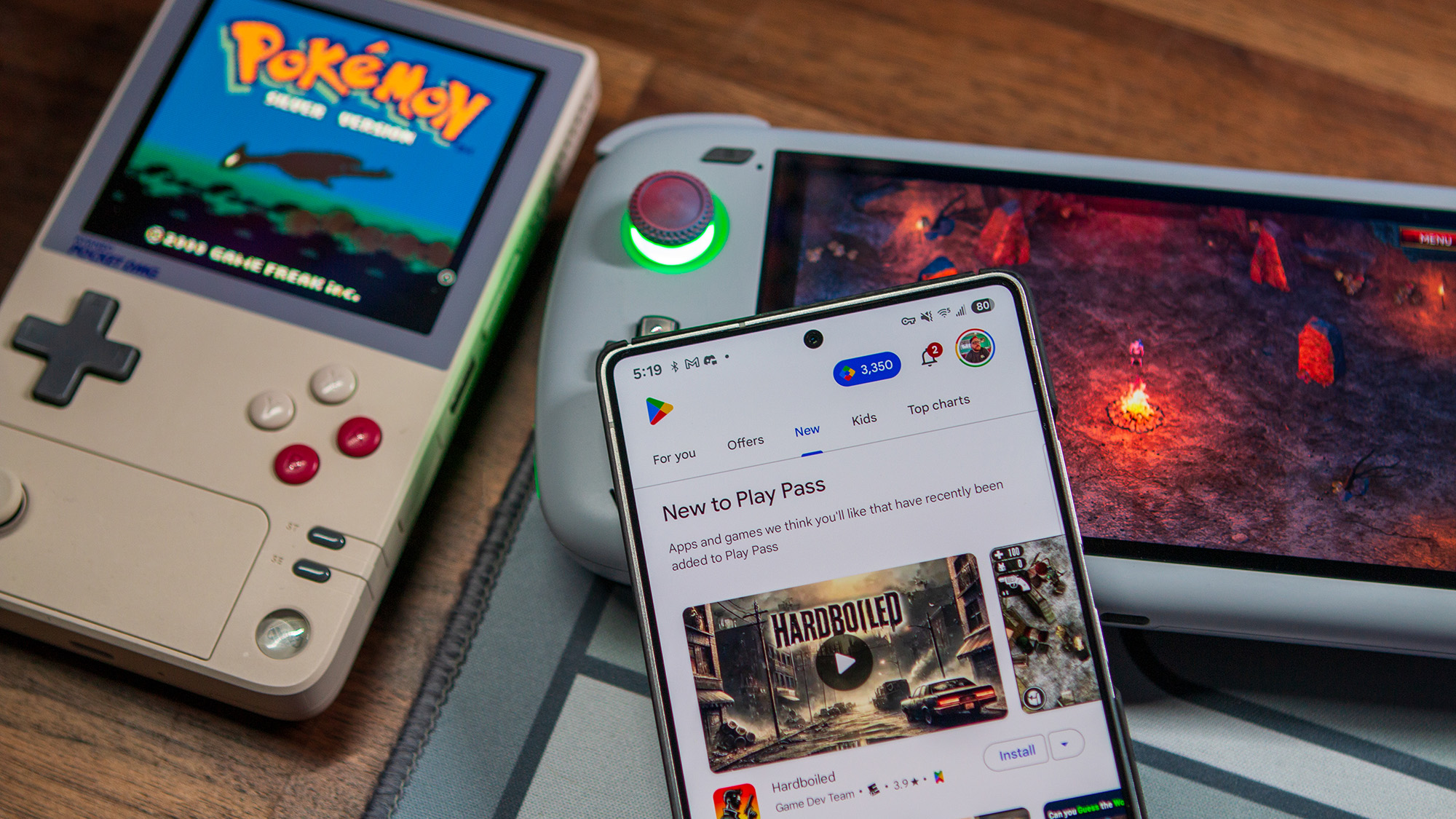
I’ve been pretty critical about the Play Store when it comes to how it functions as a central place to discover and download new apps on Android. However, I don’t share that same sentiment in regards to games, even if the top charts are overflowing with “Gacha” games. Thankfully, I very rarely ever actually look at the top charts, and it’s all thanks to Google Play Pass.
It helps that there’s a dedicated tab at the bottom of the app, which lets me avoid the wasteland of regular Play Store games. That’s not to say that every game available through Play Pass is a banger. But I will say that if Google separated it out of my Google One plan, I’d add another monthly subscription to my bills.
Seriously, Play Pass includes Stardew Valley, Dead Cells, Terraria, and Thimbleweed Park, just to name a few. If I were to buy just those four games, it’d cost me almost $30. Which just so happens to be what it costs to sign up for Play Pass for an entire year. Plus, if you have Verizon, there’s a chance that you can get six months for free, and you didn’t even know it.
Play PC, Xbox, and PS5 games on your phone
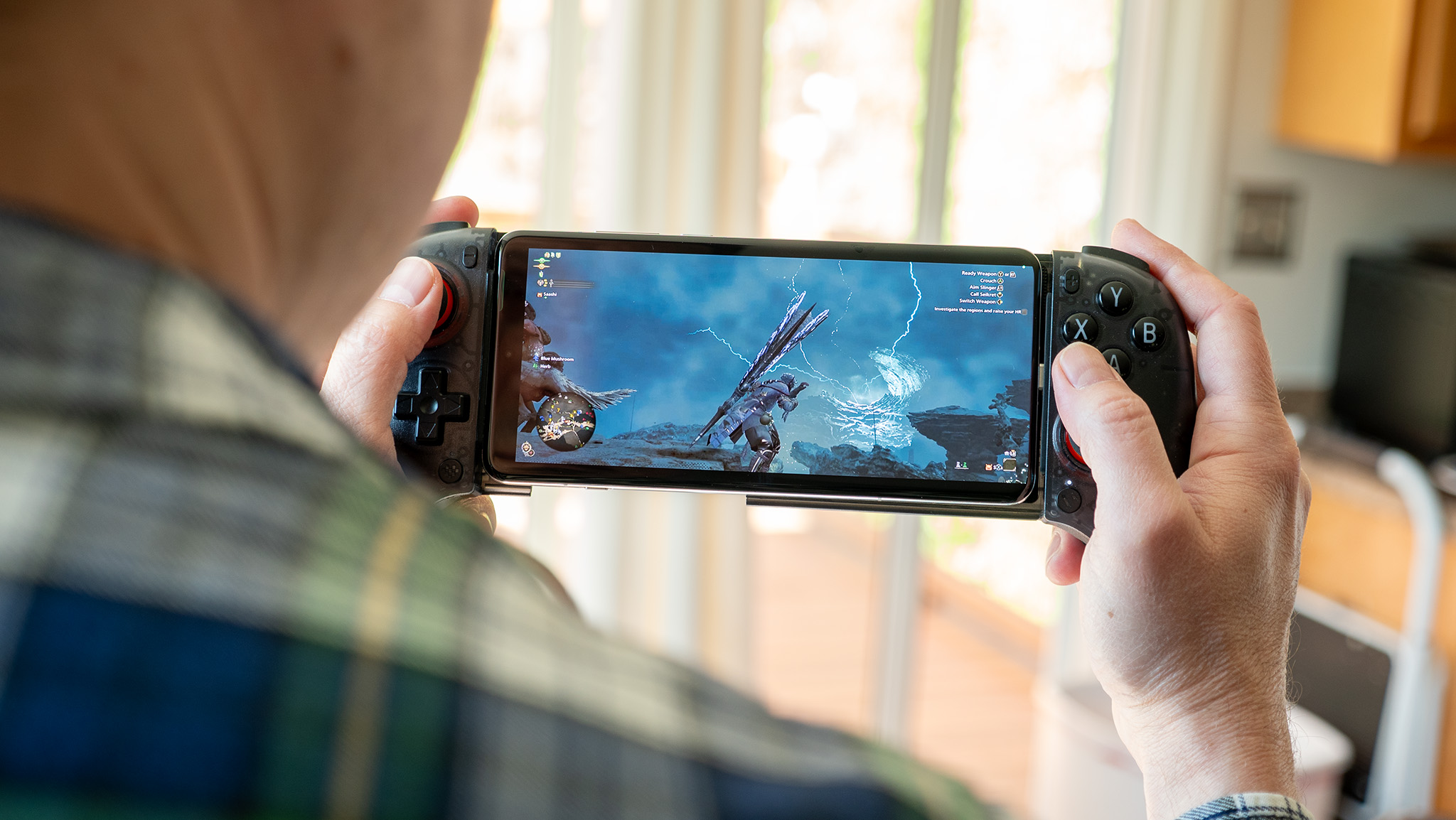
Before getting to my favorite part, what if you’re a console or PC gamer, and want to be able to play from anywhere? There are actually quite a few options, starting off with the obvious ones like Xbox Cloud Gaming, PlayStation Plus Premium, and Amazon Luna. While dedicated first-party apps are available for those services, you might want to take XBPlay or chiaki-ng for a spin, as I’ve found these to offer much better experiences.
From there, we have the likes of GeForce Now and Boosteroid, which tie into multiple platforms and make your games accessible over the cloud. GeForce Now is another one of those subscriptions that you’ll have to rip from me, as I’ve been signed up for as long as I can remember. It’s been the best cloud gaming service that I’ve ever used, and quickly filled the void left when Stadia was retired.
While I have no plans to ditch my GeForce Now subscription, there is another solution that has been slowly becoming a favorite of mine. Apollo and Artemis are community-built forks for Moonlight and Sunshine. Basically, think of it like GeForce Now, but with ALL of your games. Instead of relying on NVIDIA’s servers, which do have various restraints, Apollo and Artemis have no limitations, as you can install and manage everything.
Get the right emulators
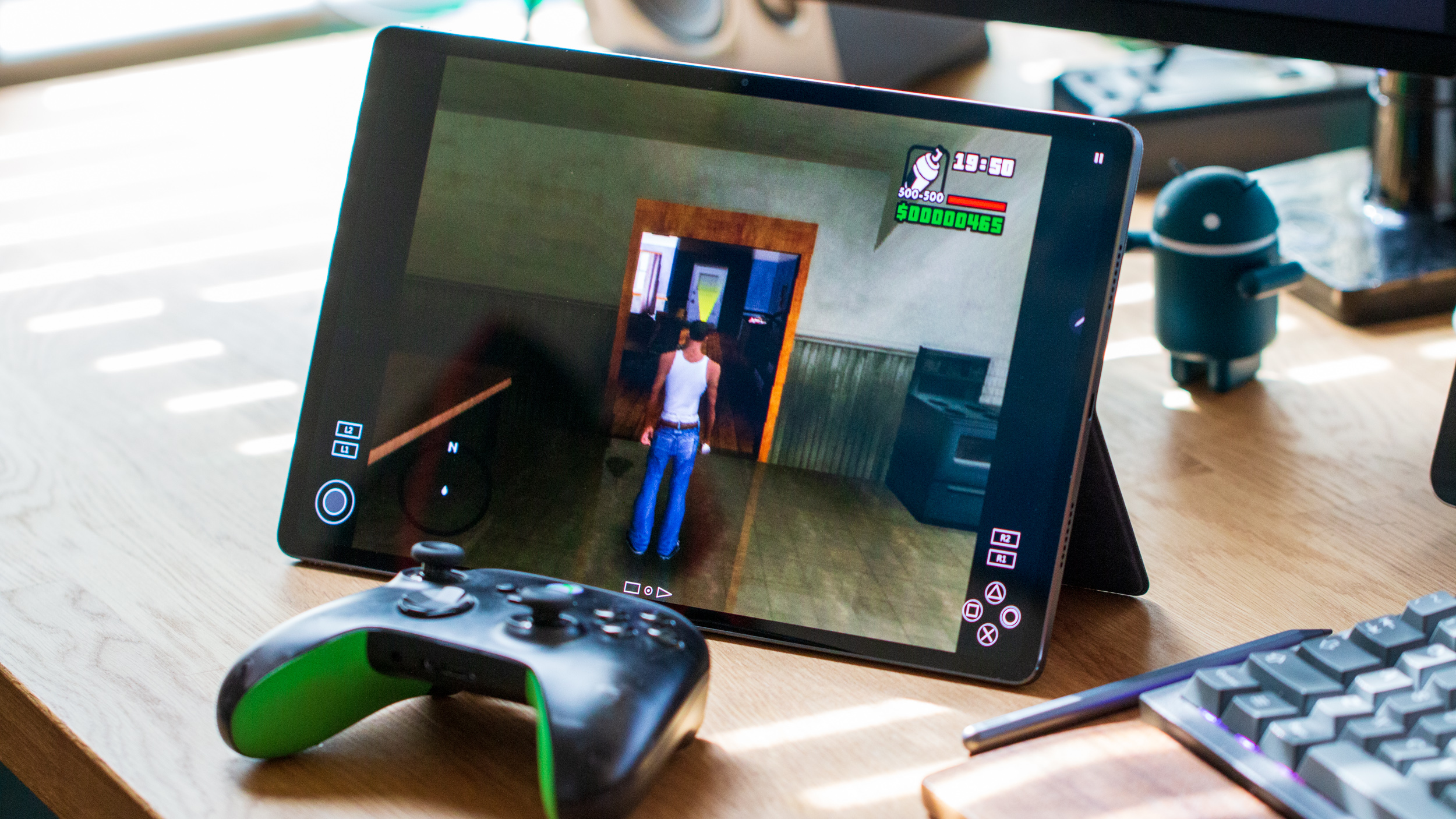
Now for the fun part — emulation. Even the best budget phones are more capable than you might think. For example, the Snapdragon 865, which is now more than five years old, is still capable of emulating Switch and PS3 games on Android. That’s probably more of an outlier than a rule, but it still proves my point.
When it comes to the emulators that make all of this possible, there are a couple of different routes to take. The first of which is to download a separate emulator for each console that you want to play. However, that can be annoying and cumbersome on a good day, so it’s not really something that I’d recommend.
Instead, I’ve compiled a list of the various emulators that I would recommend, starting with RetroArch. This single app can handle all the way up to PS2, and includes a bunch of extra features such as built-in shader support and the ability to rack up your RetroAchievements. Another great aspect of RetroArch is that it can run on basically anything besides a literal potato, but even then, you might find some luck.
You’ll also notice that I’ve listed a few options for different consoles. Much of this can simply be attributed to some emulators working better with certain processors and devices than others. It’s really just about doing a bit of trial runs to see what doesn’t work while having alternatives if you need them.
Turn your phone into a console
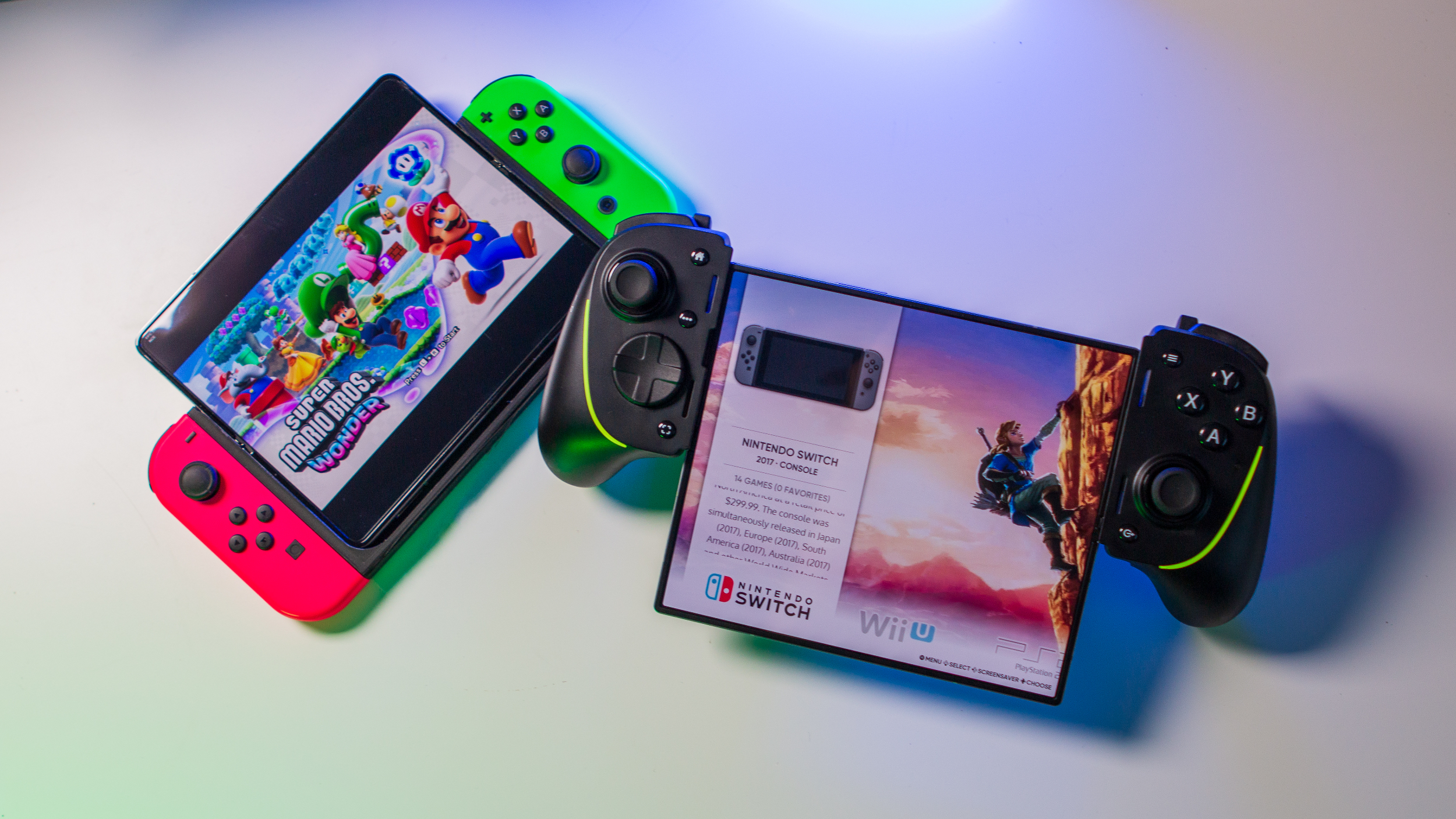
It’s great that you have all of your games, streaming apps, and emulators downloaded. But even if you throw everything into one folder, it doesn’t really give you that true gaming experience. That’s where launchers come into play, of which I rotate between three different ones.
ES-DE is the Android version of the popular EmulationStation launcher available on x86 devices. It includes support for more than 150 different systems and makes it easy to scrape your games to show the artwork and download different themes based on your style.
Console Launcher is a newcomer to my arsenal, but I’ve been using it on and off for the six months or so. While ES-DE might seem a bit more polished, Console Launcher feels better suited for Android, designed for the platform from the ground up. There are a bunch of features, including a dedicated “Samsung DeX” mode, which avoids any potential issues faced by Samsung’s limitations on launchers.
Although this isn’t the definitive list, the last one that I’ve primarily used is Daijisho. It has most, if not all, of the same features as the other two but simply offers a different design. Like ES-DE or Console Launcher, there are a variety of themes that you can download and apply if you want to change things up.
Don’t underestimate what your phone can do
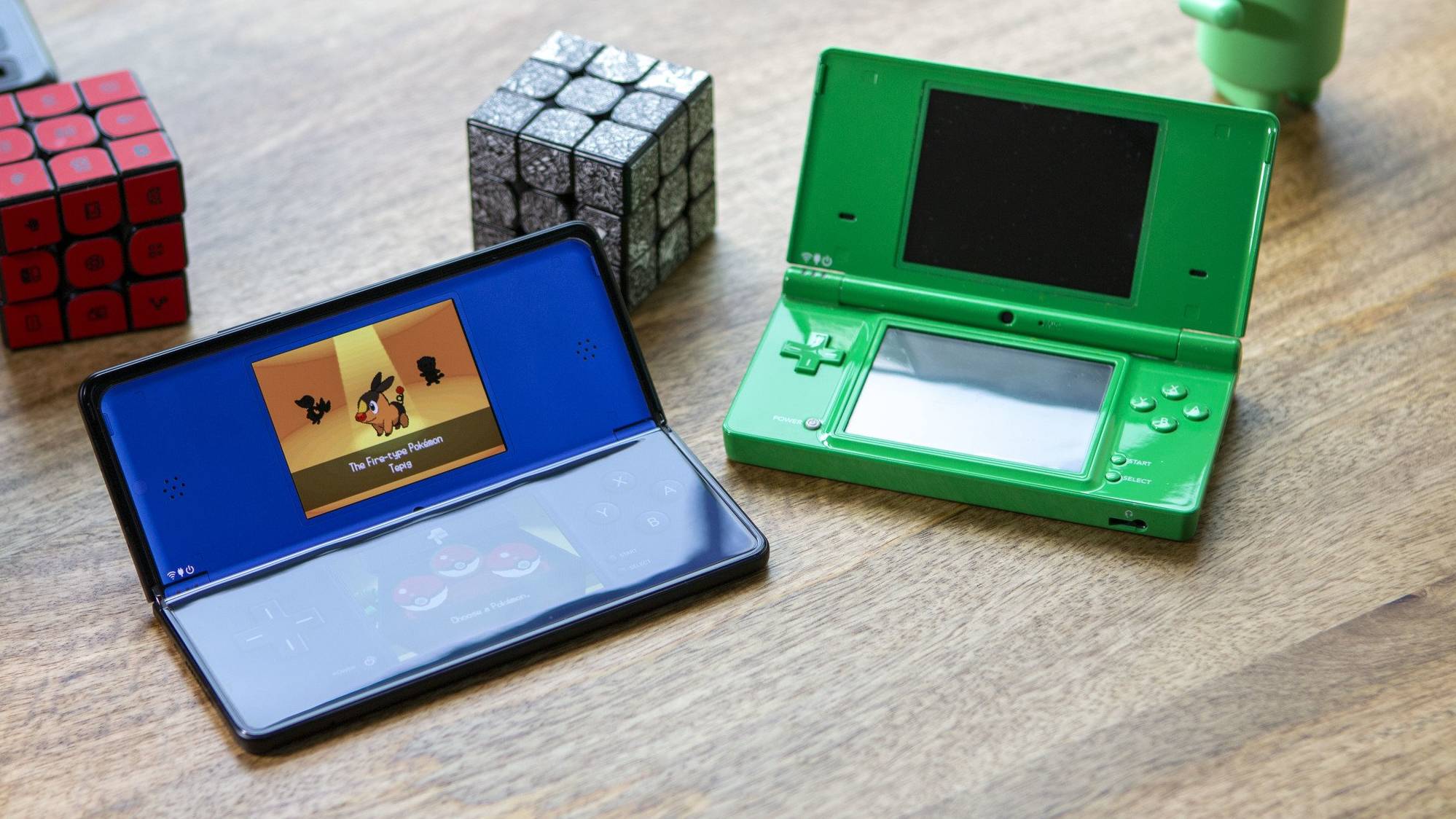
As I said before, you don’t need a dedicated gaming handheld just to play games on the go. The phone in your pocket is more than capable of playing thousands upon thousands of games. And that includes those who want to dip their toes into the world of emulation, provided that you understand the potential limitations.
Nevertheless, I hope this has helped give you some sense of direction as to how you can set up a phone or tablet to become the mobile gaming beast that it’s capable of being. It’ll definitely take a bit of time to get everything set up, but that hard work will pay off when you can just turn on your phone and start playing.

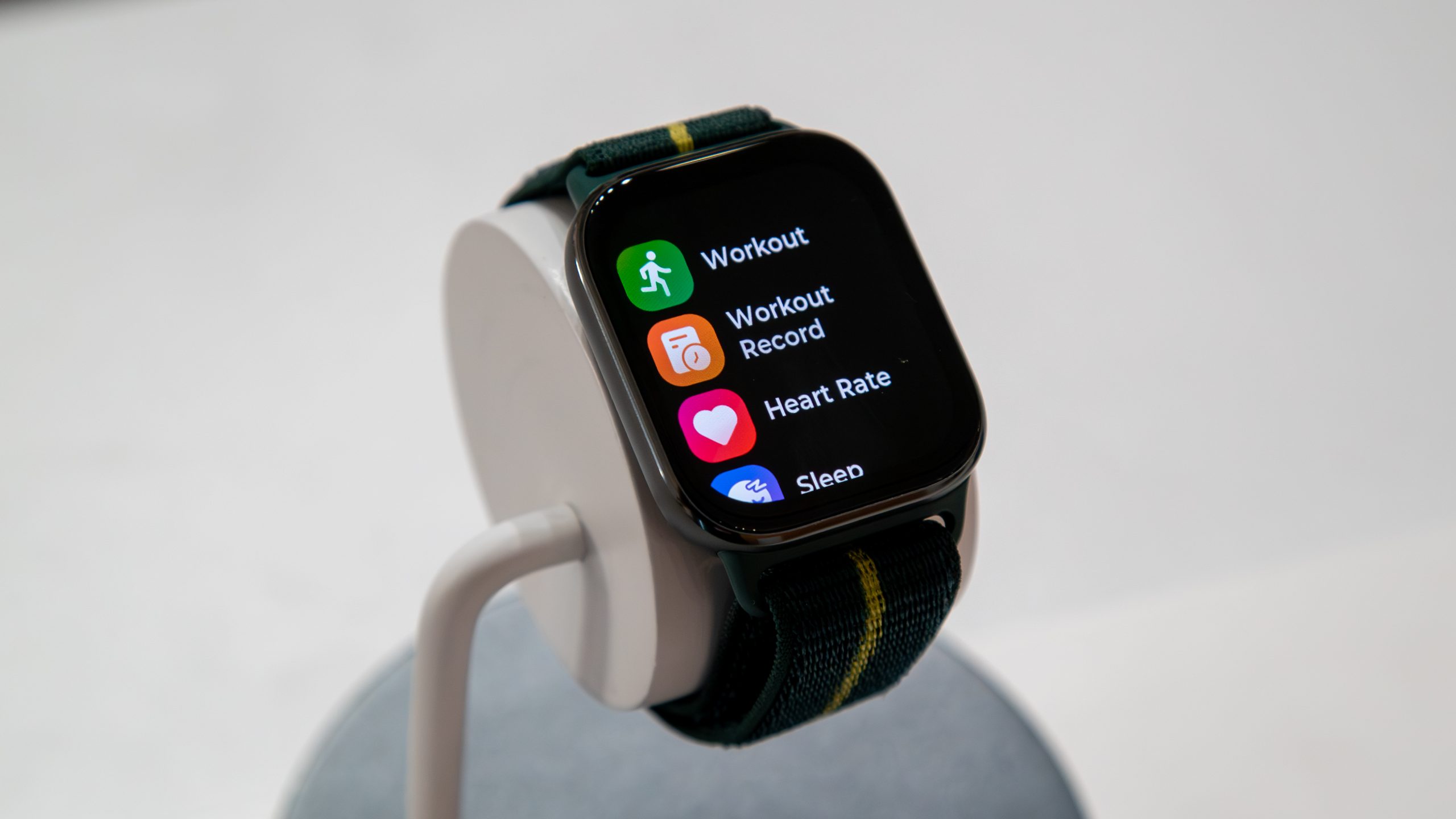
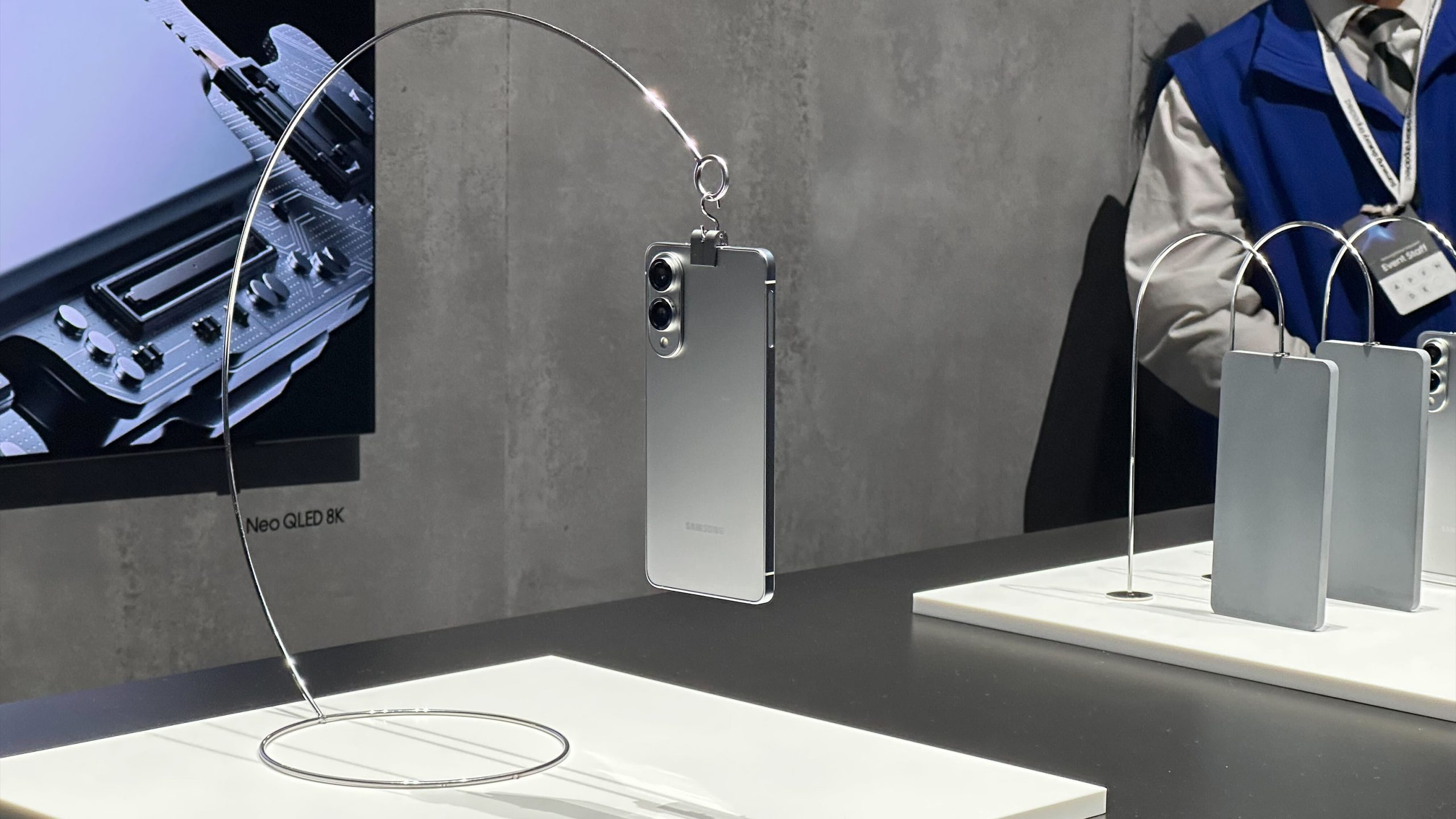

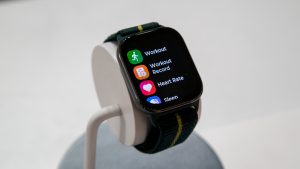

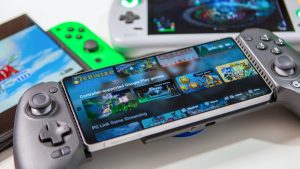

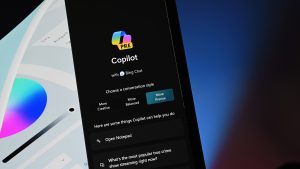
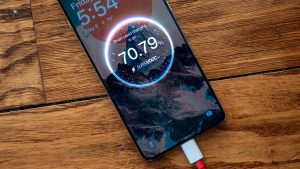
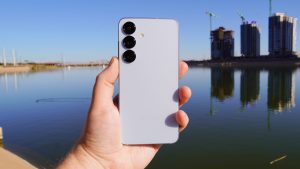

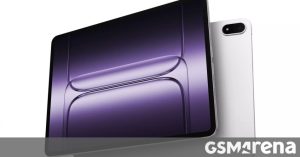
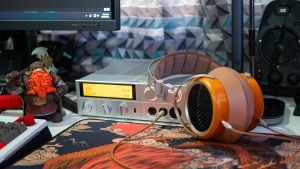
Post Comment